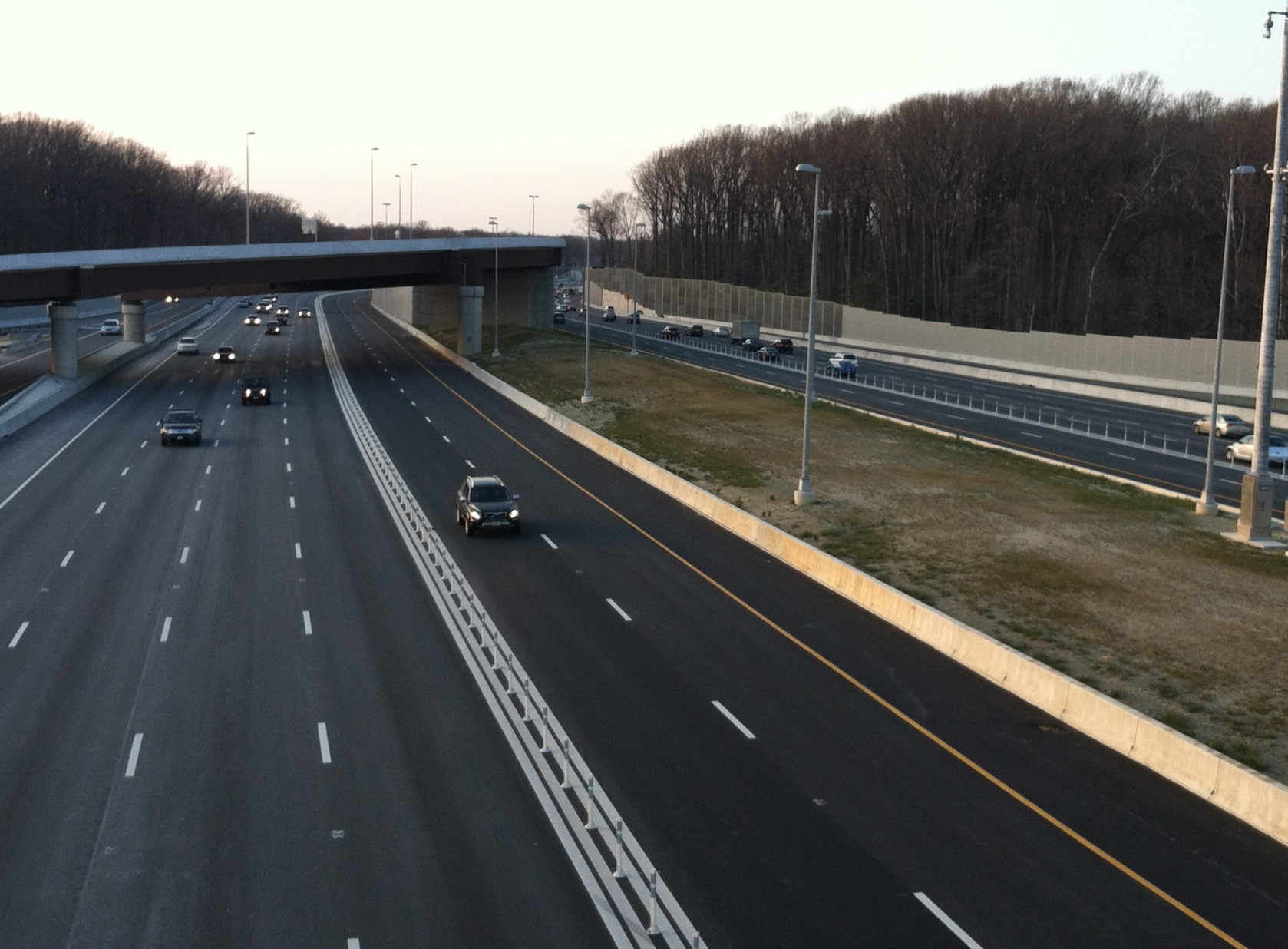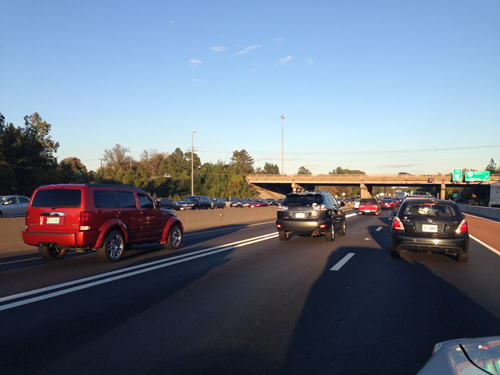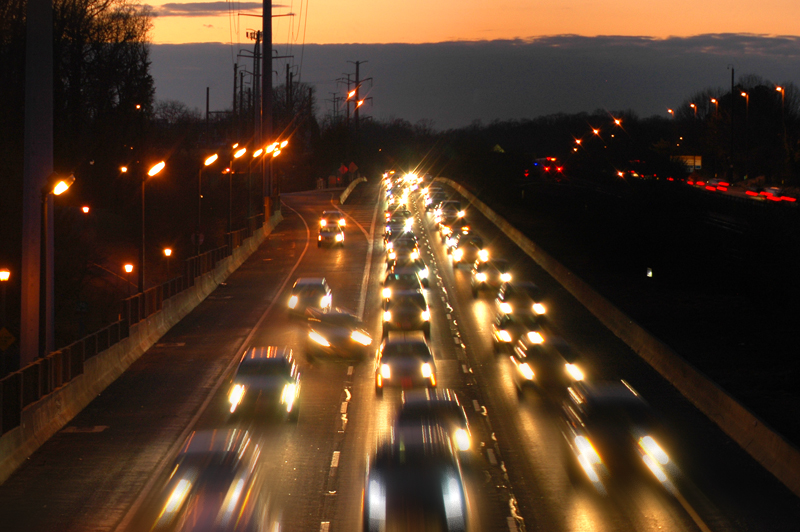RICHMOND, Va. — With several bills on the table that would block tolls for solo drivers on Interstate 66 inside the Capital Beltway, Virginia Transportation Secretary Aubrey Layne made his case to some skeptical lawmakers Wednesday morning, just before the 2016 General Assembly session began.
“I know there was a lot of rhetoric during the election, and if I contributed to that, I am here to apologize, I know it got very heated in that regard, but the average toll is $6,” Layne says.
Layne says the expanded hours for HOV rules in conjunction with allowing solo drivers a way to use the road during restricted periods for the first time add capacity to the roadway.
But opponents of the HOV changes and toll plans, such as Sen. Chap Petersen, D-Fairfax, dispute that.
“No, no, no, no, no, no, no, no, no, no. No. Sorry. That type of doublespeak is not going to work. Again, you can’t just toll an existing facility and take the revenue,” Petersen said in an interview in his Richmond office Wednesday.
“When I was a little boy, we put a man on the moon. We can figure out how to put six lanes through Arlington County,” Petersen says. “I’ve heard the obstacles … we can figure it out.”
Those obstacles include lots of homes and huge retaining walls along I-66 that could cost hundreds of millions of dollars to address.
Under the plan that is moving forward, tolls on I-66 inside the Beltway would only be charged to solo drivers during rush hour. The HOV restrictions would be extended to apply from 5:30 a.m. to 9:30 a.m. eastbound and from 3 p.m. to 7 p.m. westbound.
Eventually by the early 2020s, HOV rules for the entire region are scheduled to change to apply only to vehicles with three or more people, rather than the current two or more requirement on I-66.
The money would fund projects selected by the Northern Virginia Transportation Commission, which is made up of Northern Virginia local and state lawmakers and appointees. Within the next 10 years, some of the money would likely be diverted to fund a new eastbound lane between the Dulles Connector Road and Ballston.
“I think people appreciate the dynamic tolling or congestion-mitigation pricing, and what you’re doing, it’s used around the country, it’s innovative, the concern again is there’s no expansion now,” Del. Tim Hugo, R-Centreville, told Layne at a meeting of the Joint Commission on Transportation Accountability Wednesday.
Hugo says the capacity expansion he is looking for is new lanes for drivers.
Petersen and Sen. Jennifer Wexton, D-Leesburg, have proposed a bill that would ban any tolling on I-66 inside the Beltway unless additional lanes are added.
“If they do decide to go to tolls inside the Beltway, they need to at a minimum add at least an additional lane going either direction inside the Beltway,” Petersen says.
Del. Jim LeMunyon, R-Oak Hill, has proposed a similar bill in the House.
“The concerns are still there. The issue is that the administration just is not as ambitious in fixing the problems on 66 inside the Beltway as they are outside the Beltway, and it’s not that they can’t do it, it’s that for some reason they won’t do it,” he tells WTOP.
“If you think it costs too much, or it’s too complicated, or whatever the concerns are, we need to know them in specific terms,” he says.
“When you look at all they’re doing outside the Beltway, this group looks like a good problem-solving group — not to say that everybody’s happy with the plan for outside the Beltway — they can handle big complex things if they want to, and the point I made is inside the Beltway it’s not because they can’t, but because they won’t,” he adds.
But there are supporters of the plan to extend HOV hours and add tolls for solo drivers who see this as the best option to finally do something for I-66.
Stewart Schwartz, executive director of the Coalition for Smarter Growth, argues that Gov. Terry McAuliffe’s administration’s plan provides commuters with more options.
“They’re trying to save taxpayers money, for one thing, money that we don’t have. It’s about a billion dollars possibly to widen all the way in, and then where do the cars go when we get into Washington, D.C.? You’re not going to widen Constitution [Avenue] past the Washington Monument and the White House,” he says.
“You have limited road space, and it manages it better and moves more people,” he adds.
The plan would not impact Metro service, but would add more commuter buses to get people through the corridor.
Schwartz warns that opponents of the plan who simply want to widen the road will only make traffic worse in the long term.
“They’re trying to undo what we think is the best solution for I-66 … it moves more people — as many as 40,000 more people — faster and more reliably on I-66. It will help everyone. It will end HOV cheating,” he says.
“If you build it, they will come. New roads will fill up in a metro area in as little as five years … so why would you spend a billion dollars, only to have the traffic return.”









